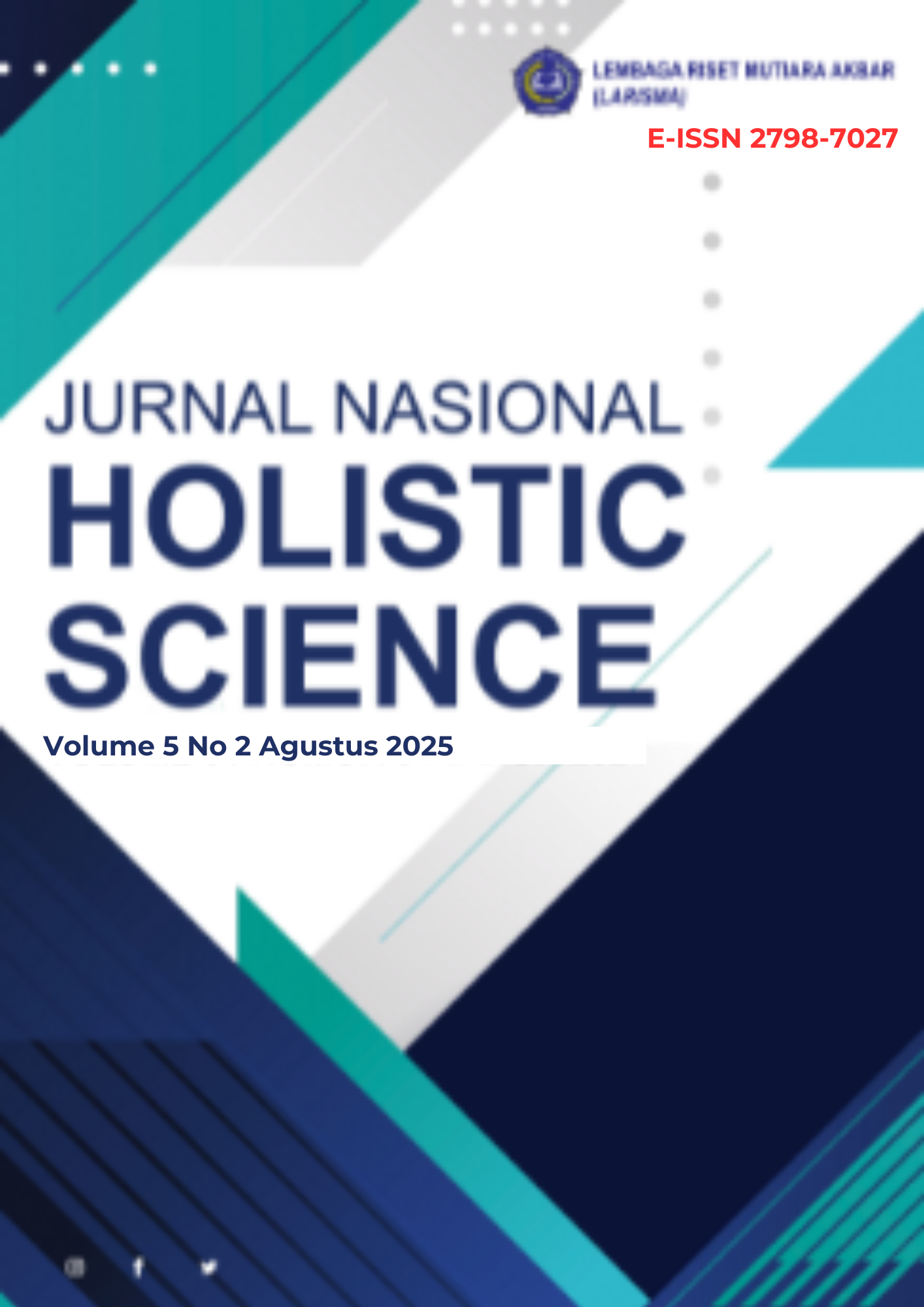Improving Basic Pencak Silat Movement Skills Through a Motor Learning Approach for Beginners at High School Level
Main Article Content
Abstract
This study aims to develop a learning model for basic pencak silat techniques specifically designed for children aged 10–12 years. This model is based on a motor learning approach that includes three stages: the cognitive stage (understanding movements), the associative stage (practice with correction), and the automation stage (fluent movements without thinking). This study uses the Classroom Action Research (CAR) method which is implemented through four stages: planning, implementation, observation, and reflection. The subjects of the study were 10 students from a pencak silat training center in City Medan. The training process was carried out for four weeks with a schedule of two to three times per week, covering material on horse stances, stances, punches, blocks, and movement combinations. Data were collected through technique observation sheets, physical tests (including balance, strength, coordination, and flexibility), and motivation questionnaires. The results of the study showed a significant increase in students' mastery of techniques and motor skills. The average motor test score increased from 60 to 78. In addition, students became more confident, active, and enthusiastic in participating in training. In conclusion, this gradual learning model is effectively applied in basic level pencak silat training and can be a reference for PJOK teachers and beginner pencak silat trainers.
Article Details

This work is licensed under a Creative Commons Attribution-ShareAlike 4.0 International License.
References
Adams, J. A. (1971). A closed-loop theory of motor learning. Journal of Motor Behavior, 3(2), 111–149.
Arikunto, S. (2016). Prosedur penelitian: Suatu pendekatan praktis. Rineka Cipta.
Eriyanto, E. (2021). Model latihan berbasis teknik dasar pencak silat untuk peningkatan kebugaran jasmani siswa SD. Jurnal Olahraga Nusantara, 6(2), 123–134.
Khoirul, A., & Hidayah, T. (2014). Pencak silat: Seni beladiri tradisional. Jurnal Pendidikan Olahraga, 2(1), 1–7.
Kristiyanto, A. (2016). Pengembangan model pembelajaran keterampilan motorik berbasis permainan. UNY Press.
Muhyi, M. (2021). Penguatan olahraga pencak silat sebagai warisan budaya nusantara. Syntax Literate: Jurnal Ilmiah Indonesia, 6(4), 122–134.
Pasha, A. K., & Hamdani, D. (2021). Pengaruh gerak seni ganda beladiri pada materi pencak silat terhadap minat belajar siswa. Jurnal Pendidikan Jasmani dan Olahraga, 5(3), 229–233.
Schmidt, R. A., & Lee, T. D. (2014). Motor control and learning: A behavioral emphasis (5th ed.). Human Kinetics.
Schmidt, R. A., & Wrisberg, C. A. (2008). Motor learning and performance: A situation-based learning approach. Human Kinetics.
Setyawan, A., & Setiawan, I. (2022). Kondisi fisik dan teknik atlet pencak silat Pagar Nusa Kabupaten Temanggung. Indonesian Journal for Physical Education and Sport, 3(2), 449–460.
Supriyoko, S. (2018). Pelatihan gerak dasar pencak silat bagi siswa sekolah dasar. Jurnal Pendidikan Olahraga, 4(1), 34–42.
Yogi, A. (2013). Pencak silat sebagai pembentuk karakter anak bangsa. Prosiding Seminar Nasional Budaya Nusantara, Universitas Negeri Padang.

